Certification Training for Compassion Fatigue Professionals (CCFP) by Bessel Van der Kolk , Eric Gentry & Janina Fisher
$129.99 $39.00
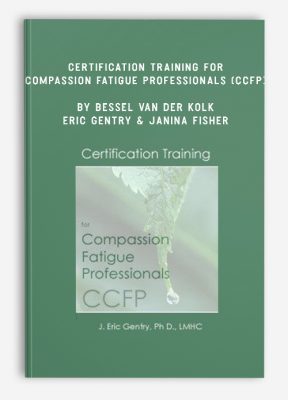
Certification Training for Compassion Fatigue Professionals (CCFP) by Bessel Van der Kolk , Eric Gentry & Janina Fisher
**More information:
Get Certification Training for Compassion Fatigue Professionals (CCFP) at Salaedu.com
Description
Become a Certified Compassion Fatigue Professional.
| Are you feeling burned out from your work as a professional caregiver?
As internationally recognized trauma treatment leader Eric Gentry, Ph.D., LMHC, explains, “There is no way to do professional caregiving without it having some negative impacts on our lives. I have watched many excellent caregivers in this field say ‘enough’ and leave the field because of compassion fatigue burn out.” When a caregiver experiences compassion fatigue, what follows are feelings of hopelessness, stress and a sense of inadequacy. That’s why Dr. Gentry designed this powerful Compassion Fatigue Professional Certification (CCFP) Online Training. Based on 15 years of break-through research with compassion fatigue, this online training will help you recapture your sense of mission, purpose, hope and joy as a caregiver. Through this training, you’ll learn the evidence-based professional resiliency skills to eliminate stress and combat the emotional demands of your work. Plus you’ll meet the educational requirements for International Association of Trauma Professionals (IATP) Compassion Fatigue Professional Certification so you can teach your patients how to live more hopeful and joyful lives. Join Dr. Gentry and start feeling reinvigorated in your work to end your patients’ suffering. |
| What You’ll Learn:
This is an intermediate-level certification and course that is open to any care-giving professional or volunteer. By becoming a certified compassion fatigue professional you will be able to recapture your sense of mission, purpose, hope and joy in your office. |
|
| Master the 16 Certification Criteria for Compassion Fatigue Professionals | |
|
9. Knowing methods to resolve current and prevent future effects of burnout in professional care giving contexts.
10. Skilled application of CBT tools (e.g., relaxation, exposure and perceptual change) to lessen the effects of compassion fatigue in one’s own life. 11. Appreciate the role of intentionality and principle-based care giving (i.e., internal locus of control) as a method for symptom amelioration and resiliency. 12. Ability to understand and articulate the effects of compassion fatigue as being failed or thwarted professional maturation. 13. Ability to understand and articulate the specific processes, trajectory and tasks associated with professional maturation and how developing these skills enhance resiliency. 14. Comprehend and articulate a model of professional resiliency that allows the care provider to be healthy and maximally functional independent of environmental “demands” (internal vs. external control). 15. Recognize five (5) key resiliency skills for the prevention of compassion fatigue and how to implement these skills towards the prevention of negative work-related effects. 16. Demonstrate the ability to design a self-directed professional resiliency plan. |
More information about Medical:
Medicine is the science and practice of establishing the diagnosis, prognosis, treatment, and prevention of disease.
Medicine encompasses a variety of health care practices evolved to maintain and restore health by the prevention and treatment of illness.
Contemporary medicine applies biomedical sciences, biomedical research, genetics, and medical technology to diagnose, treat, and prevent injury and disease,
typically through pharmaceuticals or surgery, but also through therapies as diverse as psychotherapy, external splints and traction, medical devices, biologics, and ionizing radiation, amongst others.
Medicine has been around for thousands of years, during most of which it was an art (an area of skill and knowledge) frequently having connections to the religious and
philosophical beliefs of local culture. For example, a medicine man would apply herbs and say prayers for healing, or an ancient philosopher and physician would apply bloodletting according to the theories of humorism.
In recent centuries, since the advent of modern science, most medicine has become a combination of art and science (both basic and applied, under the umbrella of medical science).
While stitching technique for sutures is an art learned through practice, the knowledge of what happens at the cellular and molecular level in the tissues being stitched arises through science.
1 review for Certification Training for Compassion Fatigue Professionals (CCFP) by Bessel Van der Kolk , Eric Gentry & Janina Fisher
Add a review Cancel reply
Related products
HEALTH - FITNESS - LIFESTYLE - MEDICAL
HEALTH - FITNESS - LIFESTYLE - MEDICAL
HEALTH - FITNESS - LIFESTYLE - MEDICAL
HEALTH - FITNESS - LIFESTYLE - MEDICAL
HEALTH - FITNESS - LIFESTYLE - MEDICAL
Somatic Interventions for Treating Complex Trauma with Janina Fisher, Ph.D. from Janina Fisher
HEALTH - FITNESS - LIFESTYLE - MEDICAL
HEALTH - FITNESS - LIFESTYLE - MEDICAL
Fast Confidence [How To Be More Confident │Confidence Building] from Sharon Melnick, Ph.D.

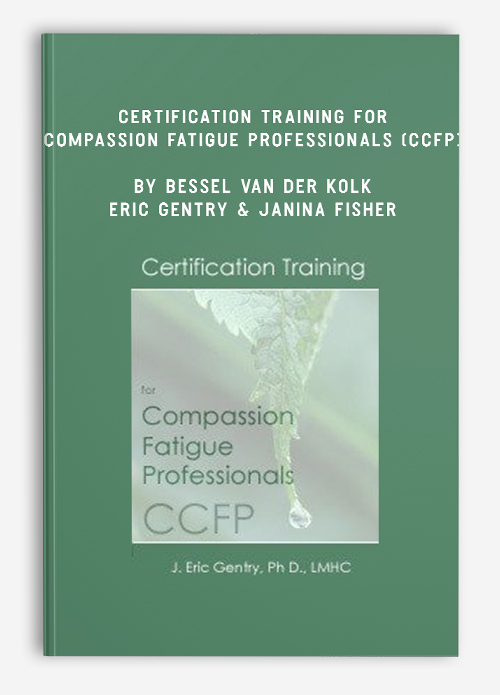
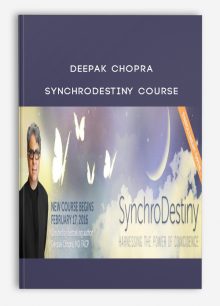



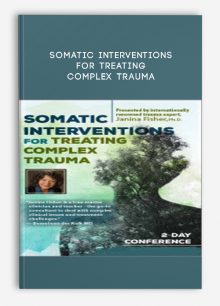
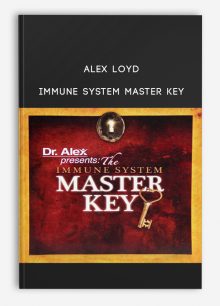
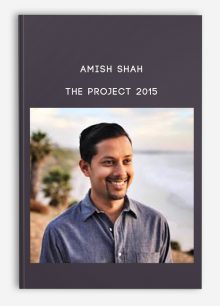
![Fast Confidence [How To Be More Confident │Confidence Building] from Sharon Melnick, Ph.D.](https://tradersoffer.forex/wp-content/uploads/2017/05/Sharon-Melnick-Ph.D.-Fast-Confidence-How-To-Be-More-Confident-│Confidence-Building-220x261.png)
Trevis Trevis –
Welcome to Sala Shop, we are here to provide everything to learn and improve this life…encourage you to check clearly the course